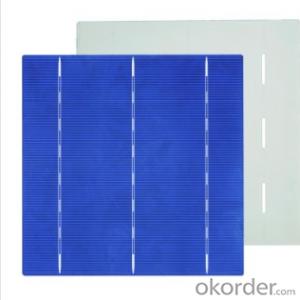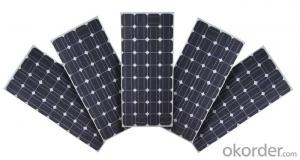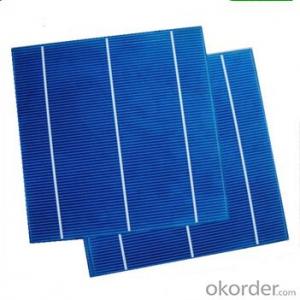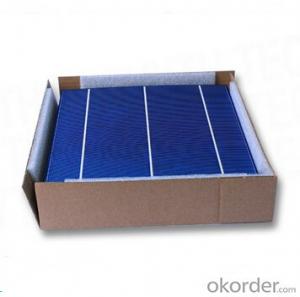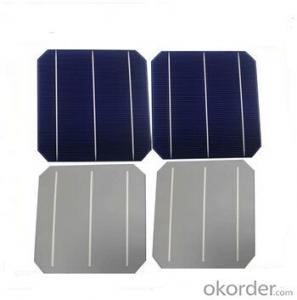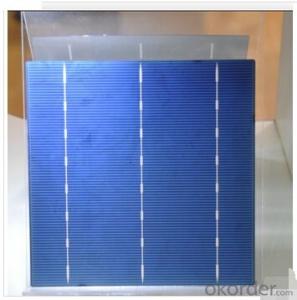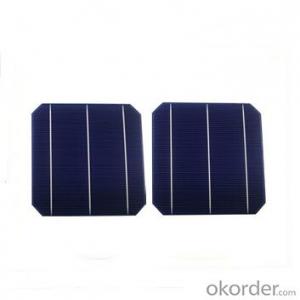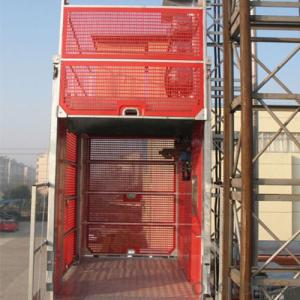Electric Solar Cells
Electric Solar Cells Related Searches
Ac Inverter For Solar Panels Solar Panel With Ac Inverter Gas Furnace With Ac Panda Hot Water Bottle Cover Minion Hot Water Bottle Cover Abb Solar Water Pump Inverter Solar Water Pump Philippines Extra Long Hot Water Bottle Solar Panel Dc To Ac Inverter Old Fashioned Hot Water BottleHot Searches
Cheap Solar Cells For Sale Flexible Solar Cells For Sale Q Cells Solar Panels For Sale Printed Solar Cells For Sale Bulk Solar Cells For Sale 6x6 Solar Cells For Sale Broken Solar Cells For Sale Cpv Solar Cells For Sale Photoelectric Cells For Sale Price Of Silicon Solar Cells Price Of Solar Cells Over Time Buy Solar Cells From China Cheap Solar Cells China Best Type Of Solar Cells Flexible Solar Cells Price Q Cells Solar Panels Price 3 Types Of Solar Cells Production Of Solar Cells Common Types Of Solar Cells Q Cells Solar Panel PricesElectric Solar Cells Supplier & Manufacturer from China
Okorder.com is a professional Electric Solar Cells supplier & manufacturer, offers integrated one-stop services including real-time quoting and online cargo tracking. We are funded by CNBM Group, a Fortune 500 enterprise and the largest Electric Solar Cells firm in China.Hot Products
FAQ
- Solar cells can perform well in coastal areas as they can harness sunlight effectively, even in regions with high humidity and salt exposure. However, the presence of saltwater and corrosive elements may require additional maintenance and cleaning to ensure optimal performance and longevity of the solar panels.
- Solar cells may not perform optimally in areas with high levels of volcanic ash. The ash particles can accumulate on the surface of the solar panels, reducing their efficiency by blocking sunlight. It can also lead to increased maintenance requirements as the ash needs to be regularly cleaned off the panels.
- Yes, solar cells can be used in aviation or aerospace applications. Solar cells are commonly used in satellites to generate electricity from sunlight. They can also be used in unmanned aerial vehicles (UAVs) or drones to power their systems and extend their flight time. Additionally, some experimental aircraft have integrated solar panels to supplement their power needs.
- Yes, solar cells can be used in remote areas with no access to electricity. Solar cells harness the energy from sunlight and convert it into electricity, making them an ideal solution for areas that lack access to traditional power grids. They can be installed in remote locations to provide clean and renewable energy, enabling the communities to meet their basic electricity needs.
- Yes, solar cells can be used for powering remote oil and gas pipelines. Solar energy is a sustainable and reliable source of power that can be harnessed in remote locations. By installing solar panels along the pipeline, energy can be generated and used to operate various equipment and systems, reducing the reliance on traditional power sources and minimizing the environmental impact.
- A polycrystalline solar cell is a type of solar cell made from multiple small silicon crystals, unlike a monocrystalline solar cell which is made from a single crystal. This manufacturing process makes polycrystalline solar cells less expensive to produce, although they typically have slightly lower efficiency compared to monocrystalline solar cells.
- Can the 156x156mm high efficiency single crystal cells assembly function better compared to the traditional one?
- The media already commented a lot on the 156x156mm high efficiency single crystal cells assembly, which make me wonderabout its real function.
- How does solar cell technology apply to our daily life?
- Solar cells are used to make solar modules which generate electrical power from sunlight,
















